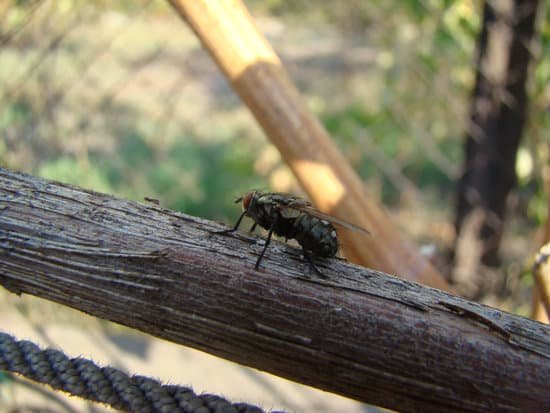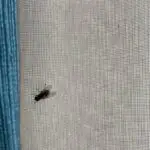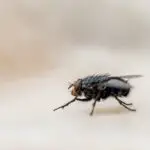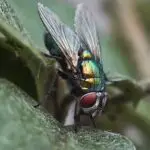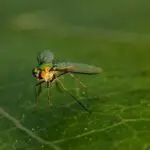How Far Can Flies See?
The spherical structure of a fly’s eyes, combined with its lack of pupils, make it difficult to distinguish objects and control the amount of light entering its eye. In addition to this, the eyes of flies have limited color vision and have little capacity to focus images. They have limited vision in a wide range of light levels, but they are good at picking up movement and form. This is why flies are quick to fly away from anything that might be harmful to them.
The eye of a fly consists of thousands of tiny photoreceptors. This enables the insect to see its surroundings at a distance of about 10 feet. However, insects do have tricks to compensate for the lack of resolution of their eyes. One of these tricks is using polarized light.
This ability to spot potential prey requires rapid reaction times. A predatory species, called the killer fly, can fly up to 100 feet in the air and capture a prey in a matter of a second. To achieve this feat, the fly’s eyes contain more mitochondria than the eyes of other species. The resulting supercharged vision allows the fly to detect its prey while they are still in the air.
A fly’s visual system is much faster than ours. It can track movement five times faster than the human eye and detect movement six times faster than our own. In addition to being able to see objects at a much faster rate, a fly’s eyes contain millions of tiny membranous protrusions called microvilli, which act as light guides and house biochemical machinery.
